Photo



Made new ceramic friends this weekend,
Still need to figure out what glaze I want to use. Thinking something light or pastel if I can get those colors.
Made from Grey Stoneclay!
81 notes
·
View notes
Photo



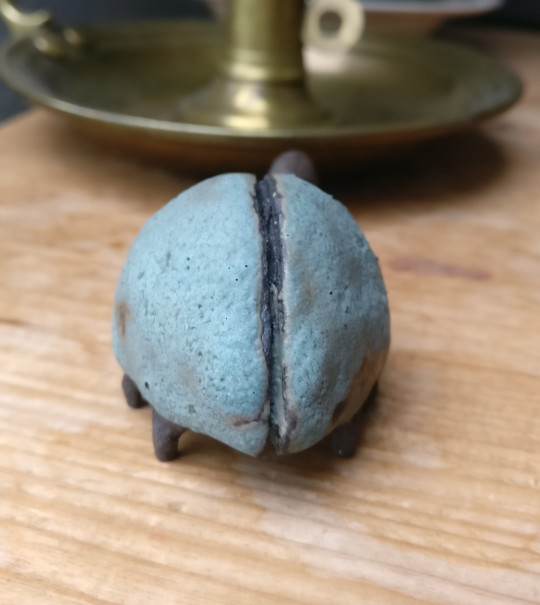
My little ceramic beetle came out of the kiln!
1K notes
·
View notes
Text

Thanks so much everyone who grabbed some guys in last night’s updates. So thrilled all the little Yakul’s are shipping off and the Strawberry cows will absolutely be back!
141 notes
·
View notes
Photo


made a fish teapot for my final project 🐟✨
10K notes
·
View notes
Text


Small beasts which Canadians email me about
Described in alt text
1K notes
·
View notes
Text
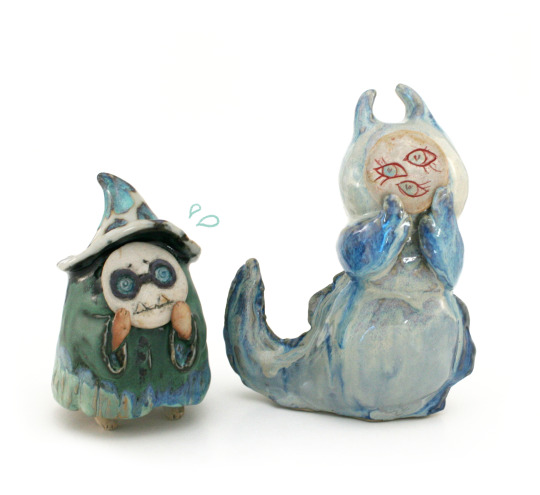
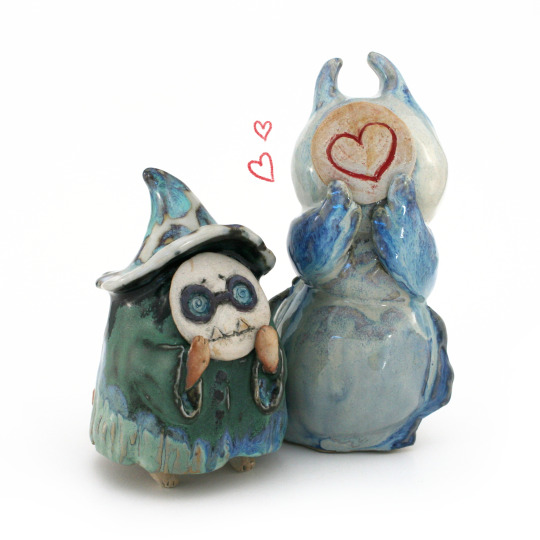

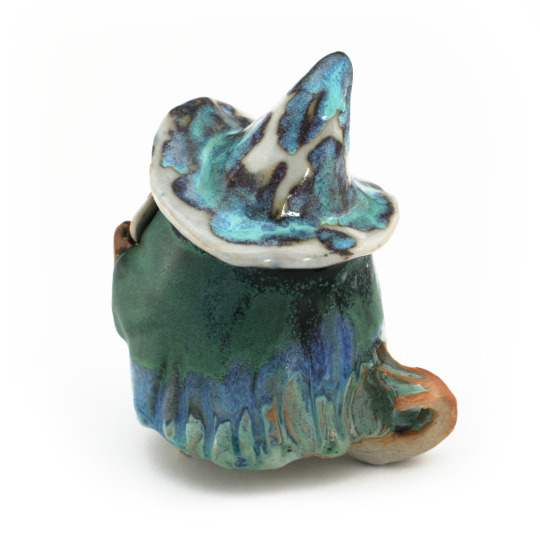



A recently-finished commission from parameters including "awkward wizard orc mad scientist," "clione" (a type of floating sea slug) and "they're in love." They can fit snugly next to each other :)
Dice picture for scale and also to subtly hint they were based off D&D characters.
Described in alt text.
1K notes
·
View notes
Text

The thing about ceramics is that I’m never sure what could go wrong in the kiln and glazing so I’m way better at taking process pictures. If nothing else I’ll have these.
32 notes
·
View notes
Text


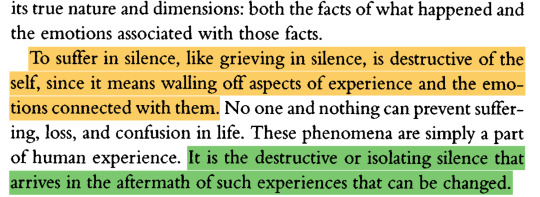
Gregory Orr, from Poetry as Survival
(transcription below cut)
Speech is among the most fundamental ways we have of connecting our selves to other selves. There are silences that are positive and powerful and willed by the self, but many silences have a destructive origin and destructive consequences. They are the result of shame, or fear, or inhibition. In the silence of shame, we imagine that if others knew our story they would recoil in disgust or disapproval. Or we can be inhibited by the sense that our experiences have no significance or value. In the silence of fear, it is possible to feel that we are still in danger from hurtful people in our past, or that speaking of something will cause hurt to people we care about. There is also the silence of oblivion: a sense that cherished people and things have vanished and we are powerless to recover them.
Often these silences are connected to a sense that survival depends on them. That we will be stronger by being silent. Or that being silent is the only way we can survive. We think that, in order to successfully endure our suffering, we must not speak, even to ourselves. And yet, this silence makes us the victim of our experience, not the master. We cannot master experience until we acknowledge its true nature and dimensions: both the facts of what happened and the emotions associated with those facts.
To suffer in silence, like grieving in silence, is destructive of the self, since it means walling off aspects of experience and the emotions connected with them. No one and nothing can prevent suffering, loss, and confusion in life. These phenomena are simply a part of human experience. It is the destructive or isolating silence that arrives in the aftermath of such experiences that can be changed.
1K notes
·
View notes
Text
Descartes was wrong: ‘a person is a person through other persons’



9K notes
·
View notes
Text
“Fairy tales — the proper kind, those original Brothers Grimm and Hans Christian Andersen tales I recall from my Eastern European childhood, unsanitized by censorship and unsweetened by American retellings — affirm what children intuitively know to be true but are gradually taught to forget, then to dread: that the terrible and the terrific spring from the same source, and that what grants life its beauty and magic is not the absence of terror and tumult but the grace and elegance with which we navigate the gauntlet.”
— Maria Popova, “The Importance of Being Scared: Polish Nobel Laureate Wisława Szymborska on Fairy Tales and the Necessity of Fear”
16K notes
·
View notes
Text
“One of the most solid pieces of writing advice I know is in fact intended for dancers – you can find it in the choreographer Martha Graham’s biography. But it relaxes me in front of my laptop the same way I imagine it might induce a young dancer to breathe deeply and wiggle their fingers and toes. Graham writes: ‘There is a vitality, a life force, an energy, a quickening that is translated through you into action, and because there is only one of you in all of time, this expression is unique. And if you block it, it will never exist through any other medium and it will be lost. The world will not have it. It is not your business to determine how good it is nor how valuable nor how it compares with other expressions. It is your business to keep it yours clearly and directly, to keep the channel open.’”
— Zadie Smith (via campaignagainstcliche)
26K notes
·
View notes
Photo
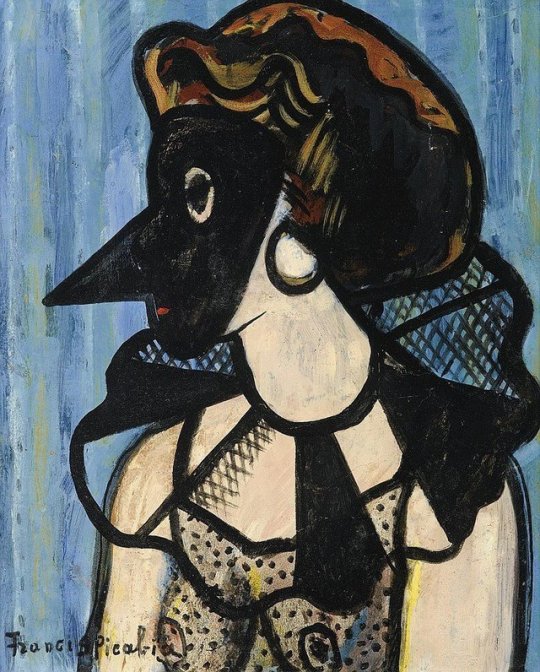
Francis Picabia – La femme au masque, 1938
496 notes
·
View notes
Photo

Francis Picabia - Sous les Oliviers
35K notes
·
View notes
Text
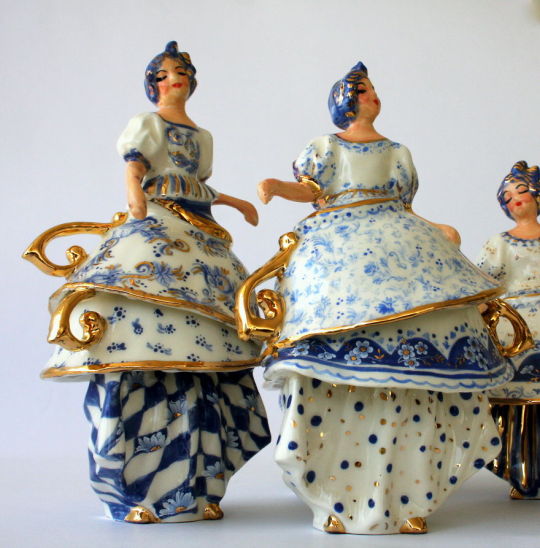
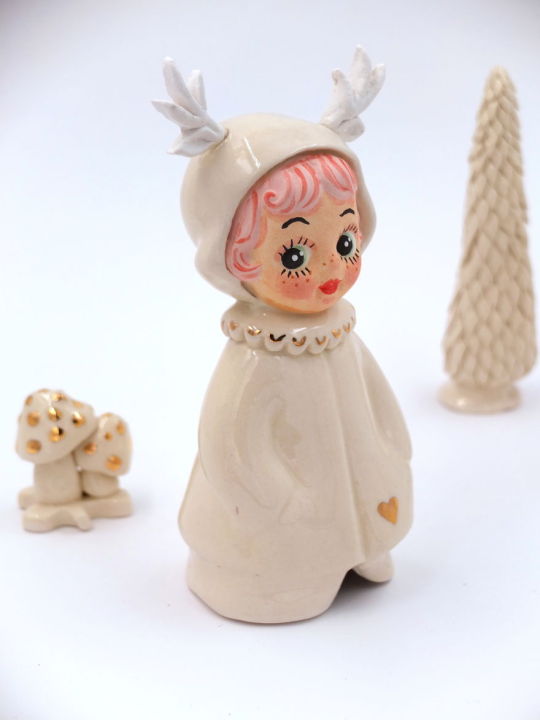

I Create Ceramic Dolls Inspired By Vintage Figurines
1 note
·
View note
Text
The significance of plot without conflict
In the West, plot is commonly thought to revolve around conflict: a confrontation between two or more elements, in which one ultimately dominates the other. The standard three- and five-act plot structures–which permeate Western media–have conflict written into their very foundations. A “problem” appears near the end of the first act; and, in the second act, the conflict generated by this problem takes center stage. Conflict is used to create reader involvement even by many post-modern writers, whose work otherwise defies traditional structure.
The necessity of conflict is preached as a kind of dogma by contemporary writers’ workshops and Internet “guides” to writing. A plot without conflict is considered dull; some even go so far as to call it impossible. This has influenced not only fiction, but writing in general–arguably even philosophy. Yet, is there any truth to this belief? Does plot necessarily hinge on conflict? No. Such claims are a product of the West’s insularity. For countless centuries, Chinese and Japanese writers have used a plot structure that does not have conflict “built in”, so to speak. Rather, it relies on exposition and contrast to generate interest. This structure is known as kishōtenketsu.
Keep reading
44K notes
·
View notes




